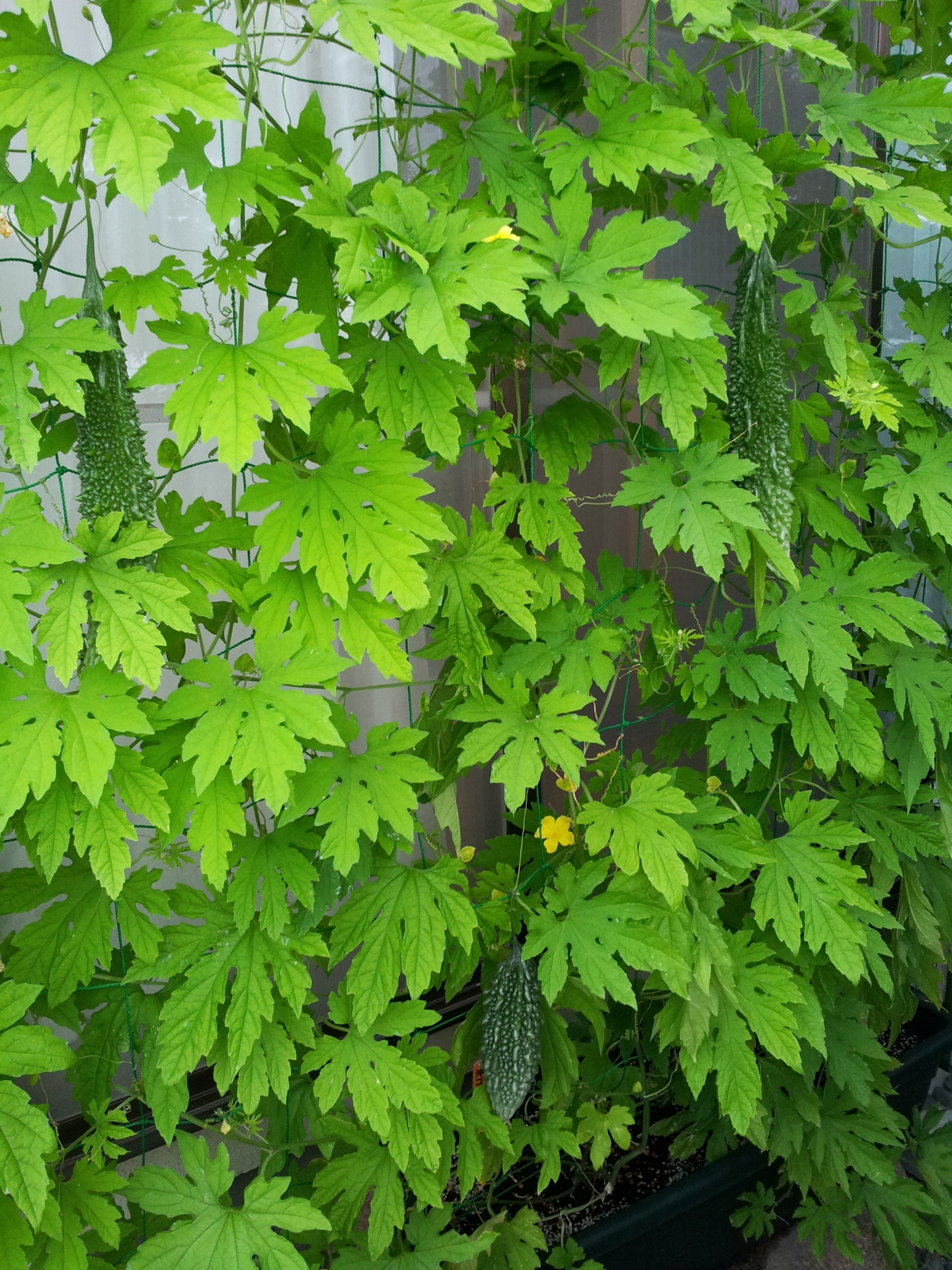- Kicking Off an Urban Gardening Experiment
- Kagoshima’s Bitter Melon: The Early Winner
- Okinawa’s Variety Is Just Getting Started
- So, Where Does Bitter Melon Come From?
- The Plant Travels East: China and Southeast Asia
- Okinawa: A Perfect Match for Bitter Melon
- Kagoshima: A Softer Taste from the Mainland South
- From Okinawa to the Whole Nation
- A Quick Note on Names
- Conclusion: A Summer Story Still Unfolding
Kicking Off an Urban Gardening Experiment
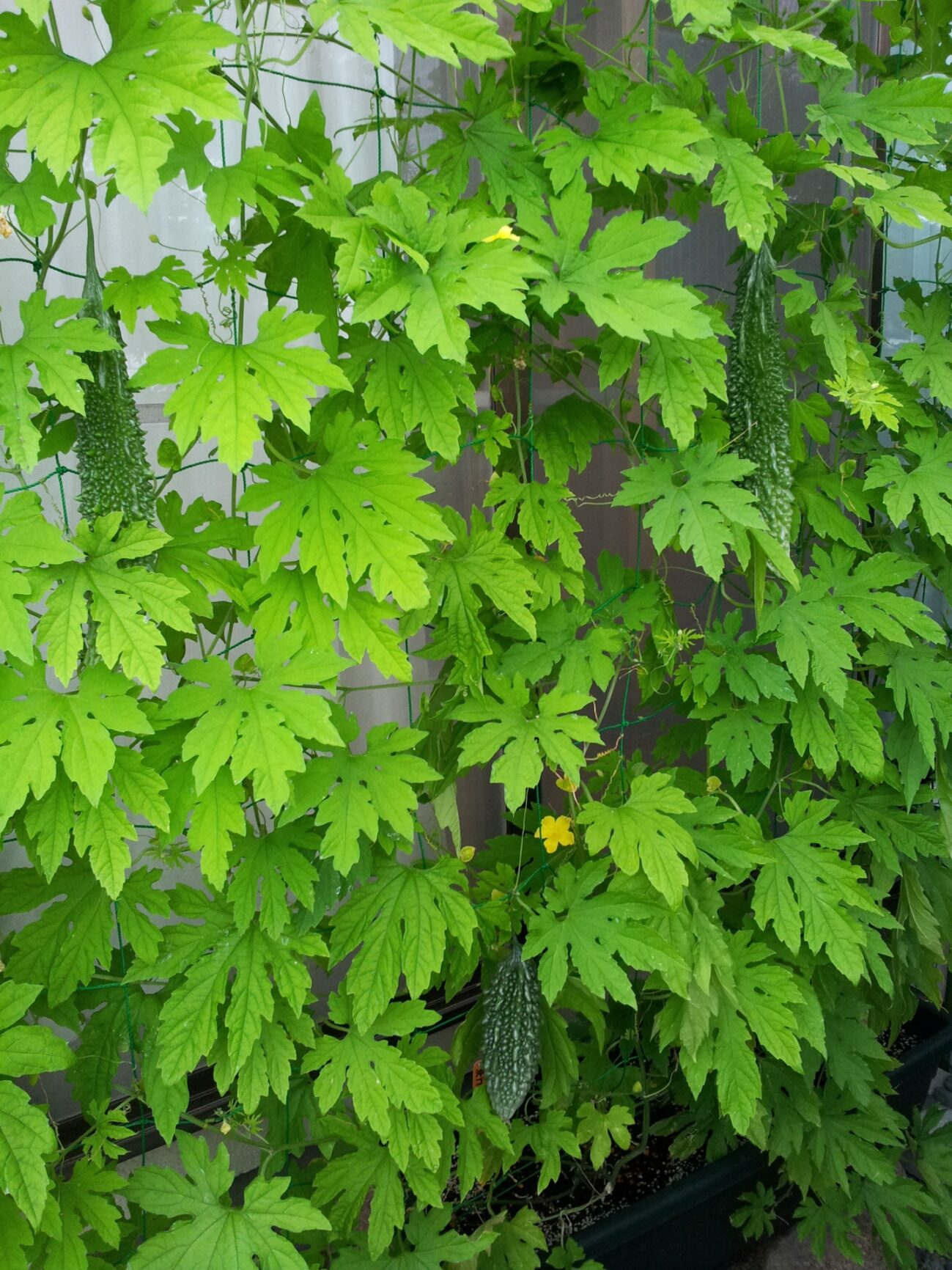
At the end of April, I planted two types of bitter melon—one from Kagoshima and the other from Okinawa—on my small apartment balcony in Chofu, a quiet suburb of Tokyo.
My goal? To see how each variety grows under the same conditions and figure out whether one might be better suited to creating a “green curtain”, the natural shade screen that’s become popular in Japan as a summer energy-saver.
Same soil, same planters, same watering and fertilizer. The only variable was the variety of bitter melon. And now, as June begins, the differences between the two are really starting to show.
Kagoshima’s Bitter Melon: The Early Winner
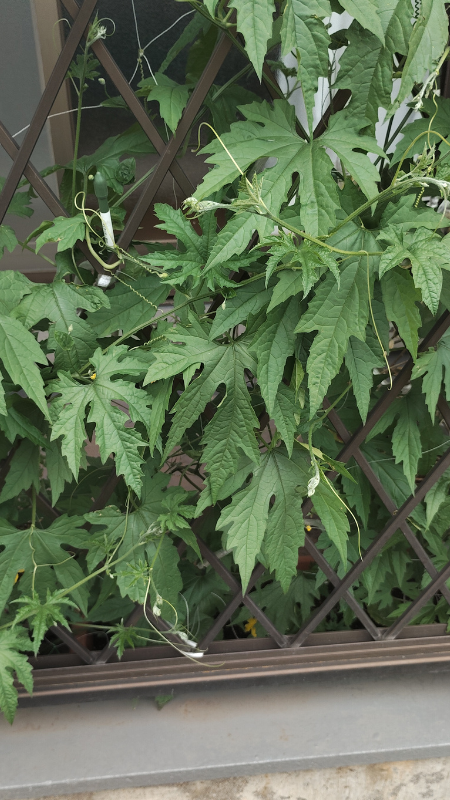
The Kagoshima variety is thriving. It shot up quickly in May, and by early June, I had already pruned the main vine, then the lateral vines, and even started trimming the third-level shoots. This technique, called topping or pinching, encourages the plant to grow fuller and bushier.
The result? A lush, vibrant wall of green that’s already doing a great job blocking the summer sun. This variety seems perfectly adapted to Tokyo’s spring and early summer conditions.
Okinawa’s Variety Is Just Getting Started
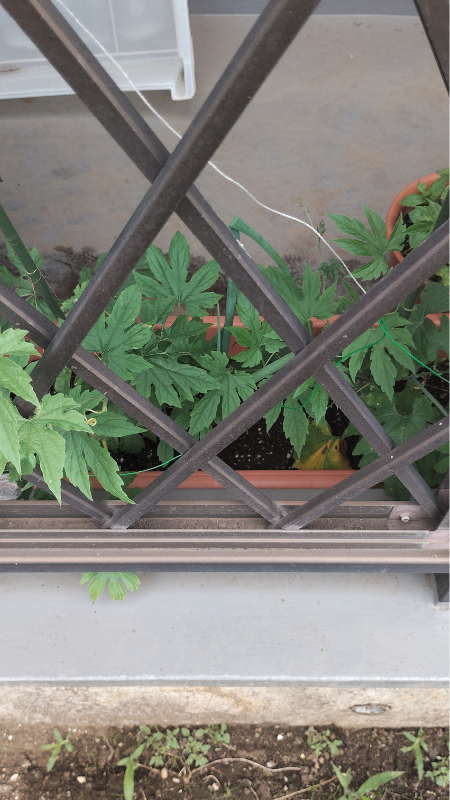
In contrast, the Okinawan variety has only just reached the point where I can pinch the main vine. The side shoots are growing slowly, and the leaves are still fairly sparse.
This makes sense when you consider Okinawa’s subtropical climate. These plants thrive in high heat and humidity, and Tokyo’s cooler spring may have held them back. But with hotter weather on the way, I’m excited to see how this variety catches up.
So, Where Does Bitter Melon Come From?
Bitter melon, also known as Momordica charantia, is believed to have originated in tropical regions of India and Southeast Asia.
In India, it’s called karela, and in English-speaking countries, it’s often known as bitter melon or bitter gourd.
For thousands of years, it’s been used for both food and medicine. In Ayurvedic medicine, it’s valued for its ability to cool the body, aid digestion, and help with blood sugar regulation.
The Plant Travels East: China and Southeast Asia
Bitter melon spread from India into China, where it’s called kǔguā (苦瓜), meaning literally “bitter gourd.” It became a staple in the southern provinces like Guangdong and Fujian, where it’s often stir-fried with pork or added to soups. Even today, it’s a common ingredient in Chinese home cooking.
From there, the plant made its way further east and south—eventually arriving in Japan.
Okinawa: A Perfect Match for Bitter Melon
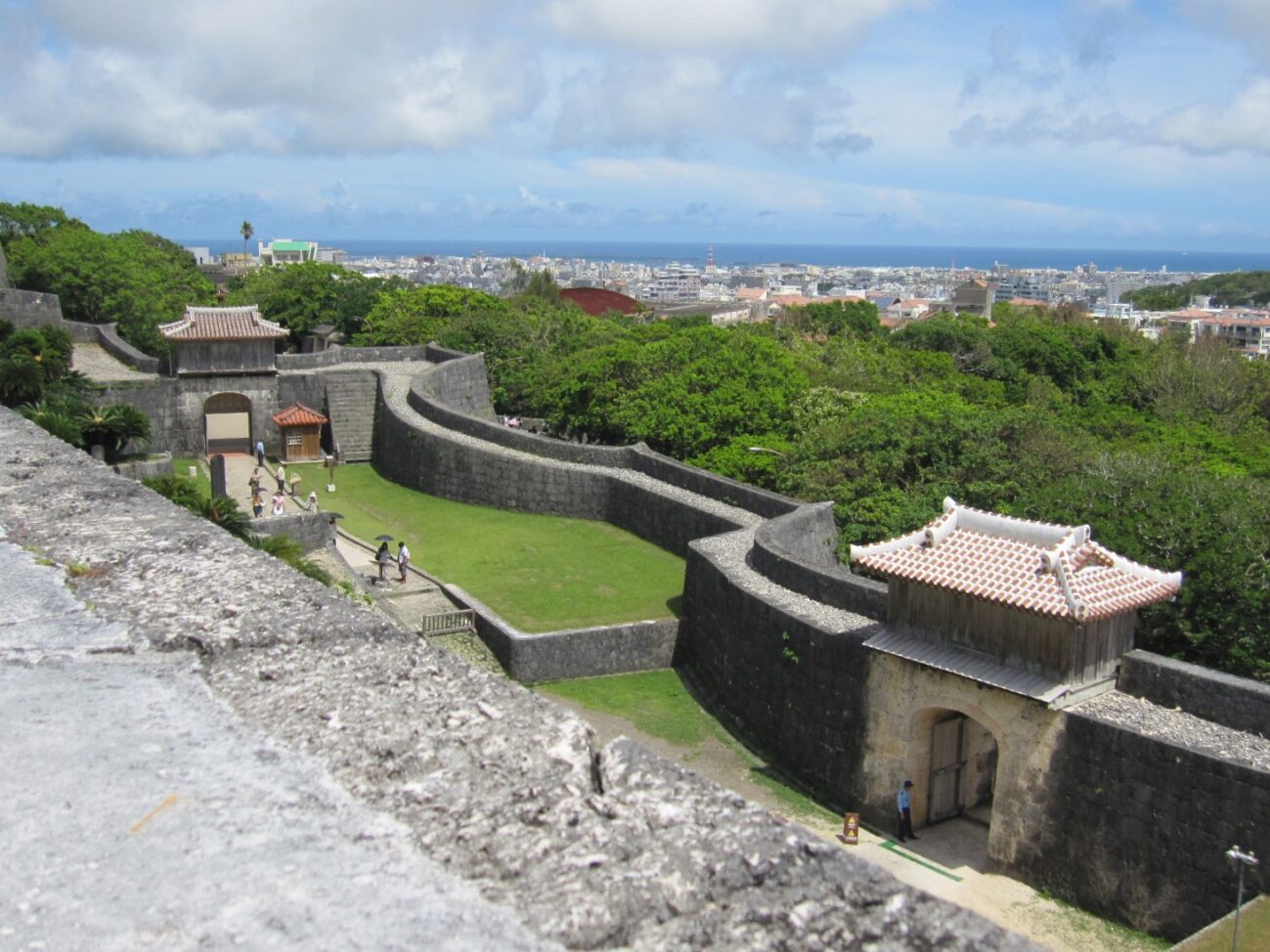
Bitter melon arrived in Okinawa during the 15th century, when the island was part of the Ryukyu Kingdom and actively trading with China and Southeast Asia.
Initially used as a medicinal plant, it gradually became a popular food crop because of its ability to survive in heat and poor soil.
Over time, Okinawans embraced its bitter taste as a health benefit. Today, goya champuru, a stir-fry with tofu, egg, and pork, is considered the national dish of Okinawa.
The cultural belief that “bitterness is good for your health” is deeply rooted in local cuisine.
Kagoshima: A Softer Taste from the Mainland South
Bitter melon came to Kagoshima, in Japan’s southern mainland, later—likely during the Edo period (17th–19th century) via trade with Okinawa.
Known locally as nigagoi, meaning “bitter gourd,” it took on a slightly different culinary role. Kagoshima varieties tend to be less bitter, making them better suited for miso stir-fries, tempura, and even pickles.
By the post-war era, bitter melon had become a common home garden crop in the region.
From Okinawa to the Whole Nation
Bitter melon remained a regional food in Okinawa and parts of Kyushu until the early 2000s, when a national “green curtain” movement emerged in Japan.
With summer energy-saving becoming a hot topic, municipalities and schools started encouraging people to grow vines on their windows and balconies for natural shade. Bitter melon was the perfect candidate.
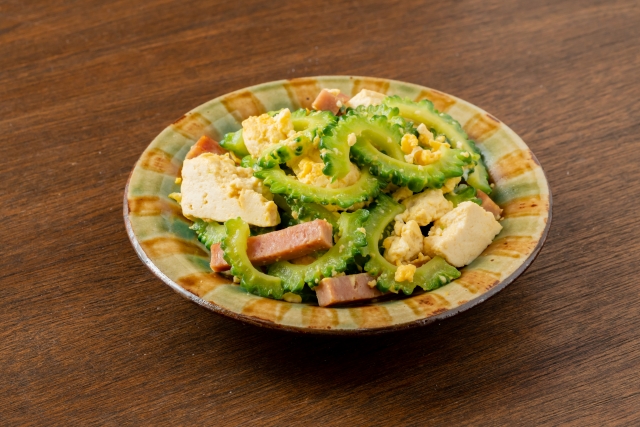
Around the same time, Okinawan food became trendy nationwide, helping dishes like goya champuru reach dinner tables in Tokyo, Osaka, and beyond.
Now, bitter melon seedlings are a staple of Japanese gardening stores every spring.
A Quick Note on Names
- Goya (ゴーヤー): Okinawan name
- Nigauri (にがうり): Common Japanese name
- Bitter melon / bitter gourd: English names
- Momordica charantia: Botanical name
- Kǔguā (苦瓜): Chinese name
Even the names reflect the journey this humble vegetable has taken across cultures and languages.
Conclusion: A Summer Story Still Unfolding
As of early June, the Kagoshima variety is clearly leading the way in Tokyo’s relatively mild early summer. It’s bushy, healthy, and already functioning as a shade-making green curtain.
The Okinawan variety, on the other hand, is taking its time. But I’m hopeful—it was made for hot, humid summers, and July might be when it shines.
Through this simple gardening experiment, I’ve come to see bitter melon as more than just a vegetable. It’s:
- A piece of history
- A symbol of cultural exchange
- A home remedy passed down through generations
- A bridge between nature and everyday life
From India to Okinawa, from village gardens to Tokyo balconies, this plant has quite a story to tell.
And I’ll be back soon with the next chapter: flowers, fruit, and flavor.
Stay tuned!
